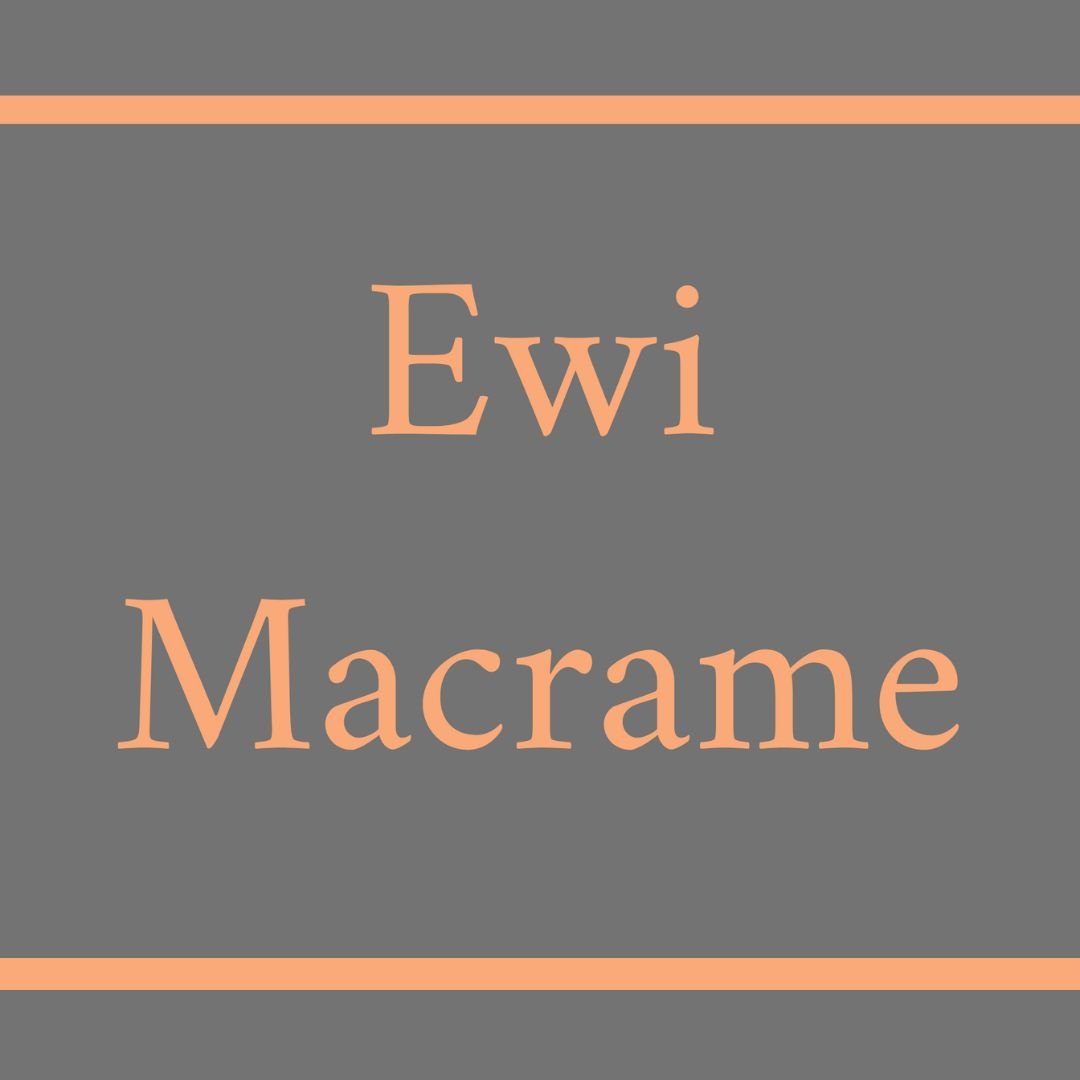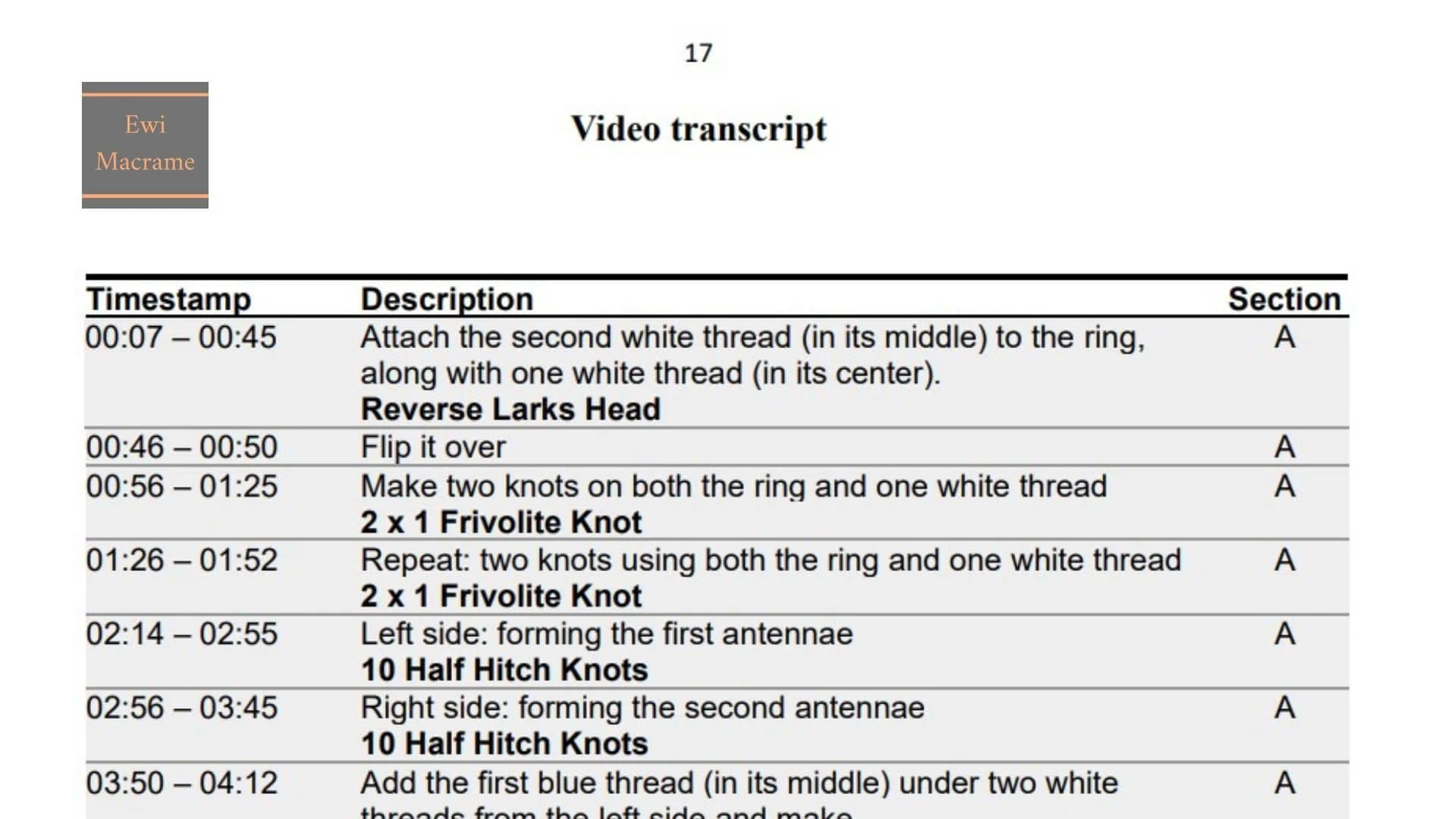What Micro Macrame Can Learn from the Friendship Bracelet
If you’ve made friendship bracelets, you’ve probably stumbled across pattern generators online—maybe on BraceletBook or Friendship-Bracelets.net. You upload a photo, click a button, and suddenly you’ve got a grid that looks like a bracelet design.
Whether you’ve used one yourself or just heard about them, these tools are a sign of a bigger shift: technology is becoming a bigger part of how we create. And for those of us working in micro-macrame, knotting, or any other detail-oriented craft, it’s worth asking:
What does that mean for us?
Let’s walk through how this all started, where it’s headed, and what we can take from it.
How It Started
Believe it or not, friendship bracelet tools didn’t come first. The idea of using software to design patterns started with other crafts—particularly cross-stitch and knitting.
Here’s a quick timeline:
Before 2000: Programs like PCStitch and Stitch Painter let people create cross-stitch and knitting charts digitally.
Early 2000s: Friendship-Bracelets.net introduced a way to design bracelet patterns online. Alpha patterns (grid-based designs that resemble tapestry crochet) soon followed.
Late 2000s: BraceletBook came along with more features—including the ability to upload images and turn them into patterns.
2010s–Today: Tools like Stitch Fiddle made it easy to design grids for a variety of crafts, from crochet to macramé to bracelets.
So, the idea of creating patterns from images didn’t come from bracelets or macrame—it started elsewhere. But like any good technique, it crossed over.
What This Means for Micro Macrame
Micro macrame comes from old knotting and lace traditions—like Margaretenspitze, a lace style created to keep handmade charm alive when machines took over. It’s a good reminder that this craft, like many others, is always juggling between honoring tradition and embracing new ideas.
Friendship bracelet designers once had to sketch everything by hand. Now, a lot of them use generators to speed up the process or turn ideas into knot-by-knot instructions.
It didn’t replace creativity—but it made design more accessible.
As micro macrame crafters, we can expect a similar shift. It’s probably not a question of if, but when.
Personally, I haven’t yet found AI or generators being used in any of the new micro macrame projects I’ve seen—but I’m watching closely.
The Good and the Not-So-Good
Let’s be honest—tech brings mixed feelings. With friendship bracelets, it made design easier and more personal but also raised worries about losing the handmade touch.
Benefits:
You can turn an idea or sketch into a usable pattern more quickly.
Beginners can jump in without needing years of design experience.
Design processes can scale—great for sellers and content creators.
Drawbacks:
Handmade techniques might start to look too similar if everyone uses the same tools.
There’s a risk of valuing speed over skill.
Originality can get lost in a flood of “auto-generated” patterns.
There’s no right or wrong reaction here—it just depends on your goals and how you want to work.
What You Can Do Now
Whether or not you use a generator or an AI tool, it helps to stay aware of where things are going. Here’s what’s worth thinking about:
Learn from other crafts. The tools that work for crochet or cross-stitch might be useful in macramé too. You don’t have to wait for a macramé-specific app to try new things.
Keep your personal touch. If a generator helps you sketch a layout—great. But your hands, your knots, your materials are what make it yours.
Document your process. As tools get better, the “how” behind your designs will matter more. People love to see what goes into your work.
Stay curious. You don’t need to chase every trend, but understanding them helps you make better choices for your craft or business.
Final Thoughts
Friendship bracelets may feel simple, but they’ve already lived through a mini tech revolution. Alpha pattern generators changed how designs were made—and who could make them.
Micro-macramé is starting its own shift, too—only it began not with pattern software, but with YouTube. Tutorials, knot breakdowns, and project walkthroughs have made complex designs far more accessible, helping crafters all over the world learn and grow. Now, new tools—including AI—may be the next chapter in that journey.
I know this topic might be a bit controversial for some of you, especially if you value the traditional, hands-on process. Still, I’d genuinely love to hear what you think.
How do you feel about AI tools entering our creative space? Do you see them as helpful, harmful—or maybe a bit of both?
View PDF tutorials by EwiMacrame on Etsy | Collaborations and Community

